How to Prevent Fin Rot in Fish
Understanding Fin Rot
Fin rot, a common fish disease, is characterized by the deterioration of fins, often starting with fraying and progressing to complete disintegration. Recognizing the early signs of fin rot is crucial for effective treatment and preventing further damage to your fish. This early detection allows for timely intervention, potentially saving the affected fish and preventing the spread of the disease to other members of your aquarium community.
Identifying the Initial Signs
One of the first visual indicators of fin rot is the appearance of frayed or ragged edges on fins. These frayed edges may exhibit a slightly cloudy or discolored appearance, progressing from a translucent or slightly transparent look to a more opaque or whitish hue. Observing any change in the fin's structure, even subtle ones, is essential for early detection. A simple observation of your fish's fins can save your fish from further complications.
Another early symptom is a noticeable discoloration, often a whitish or cloudy appearance. This discoloration can signal the presence of bacteria or fungal infections that are associated with fin rot, and it's important to look for any sign of infection in the fins.
Frayed and Detached Fins
As the disease progresses, the fins may become increasingly frayed, losing their smooth, defined edges. The frayed areas may also exhibit a clear separation or detachment from the body. This detachment is a strong indication that the infection is actively progressing, and immediate action is crucial to prevent further deterioration. This is a critical stage where proactive intervention can dramatically improve the chances of recovery.
Loss of Structural Integrity
In advanced stages, the fins can lose their structural integrity completely, becoming ragged, disintegrating, and potentially falling off entirely. This severe stage of fin rot is highly detrimental to the fish's health and well-being. At this point, the fish may display signs of discomfort or distress, such as lethargy or difficulty swimming. Addressing the issue as soon as possible is of utmost importance.
Bacterial or Fungal Infections
Fin rot is often caused by bacterial or fungal infections. These infections can lead to inflammation and the breakdown of fin tissue, resulting in the typical symptoms observed during fin rot. Knowing the possible causes of fin rot allows you to address the root cause for a more effective solution. Understanding these infections is crucial to implementing the right treatment and preventing further issues.
Water Quality and Stress
While bacteria and fungi are primary contributors, poor water quality and stress can also exacerbate existing fin rot or contribute to new cases. Maintaining optimal water parameters, including appropriate temperature, pH, and ammonia levels, is essential for preventing and treating fin rot. Reducing stress factors, such as overcrowding and abrupt changes in the environment, can also significantly reduce the risk of this condition. Stress and poor water quality can weaken the fish's immune system and make them more susceptible to fin rot.
Other Potential Signs
Along with fin deterioration, you may notice other signs of illness, including lethargy, loss of appetite, and unusual behavior. These symptoms may not be directly related to fin rot but are indicators of a potential underlying health concern. Combining fin rot symptoms with other signs can give a more comprehensive view of the overall health of the fish. Regular observation of your fish is crucial for early detection and treatment.
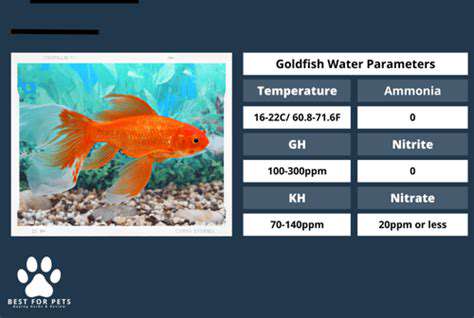
Anxiety and restlessness can manifest even when there is no apparent cause. Many individuals experience these feelings in everyday life, leading to confusion and concern. Understanding the triggers behind such emotions can be crucial for managing them effectively. Recognizing that these feelings are common may also help alleviate some of the burden.
Implementing Effective Treatments for Fin Rot: A Multifaceted Approach
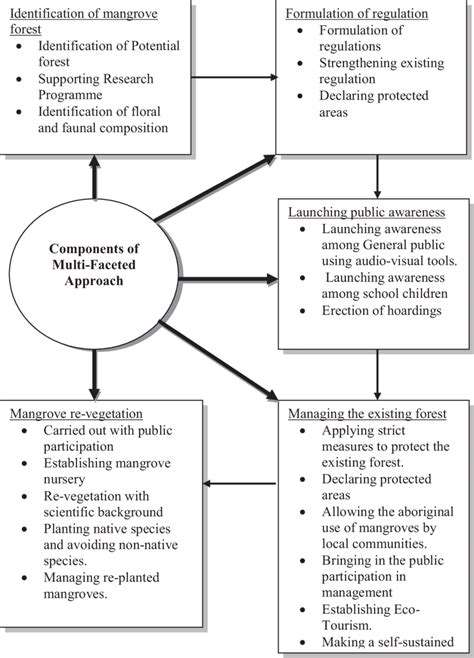
Pharmacological Interventions
Pharmacological interventions play a crucial role in the treatment of various medical conditions. These interventions often involve the use of medications to target specific biological pathways or symptoms. The selection of appropriate medications depends heavily on the specific condition being addressed and the individual patient's characteristics, including age, overall health, and potential drug interactions. Careful consideration of potential side effects is paramount during the prescription and monitoring process. Medication adherence is also a critical factor in treatment success.
Pharmacotherapy often involves a combination of medications, each with its own set of benefits and risks. The goal is to achieve the desired therapeutic effect while minimizing adverse reactions. Regular monitoring of the patient's response to medication is essential to adjust the treatment plan as needed. This ensures that the treatment remains effective and safe throughout the course of treatment. Careful consideration of potential drug interactions is vital for safety and efficacy.
Lifestyle Modifications
Lifestyle modifications are often an integral part of effective treatment plans. These modifications can encompass a wide range of activities, including dietary changes, exercise routines, and stress management techniques. Adopting a balanced diet rich in fruits, vegetables, and whole grains can significantly improve overall health and well-being. Regular physical activity can help to manage weight, reduce stress, and improve cardiovascular health.
Stress management techniques, such as meditation, yoga, or deep breathing exercises, can also play a vital role in the treatment process. These techniques can help to reduce anxiety and improve overall mental well-being. Implementing these strategies consistently can significantly enhance the effectiveness of other treatment methods. Integrating lifestyle changes into daily routines is key to long-term success.
Complementary and Alternative Therapies
Complementary and alternative therapies (CAM) are often used alongside conventional medical treatments. These therapies can include various approaches such as acupuncture, herbal remedies, and massage therapy. While CAM therapies may offer potential benefits, it's crucial to consult with a healthcare professional before incorporating them into a treatment plan.
It's important to understand that the scientific evidence supporting some CAM therapies is limited. Consequently, the effectiveness of these therapies may vary from person to person. Thorough discussions with healthcare providers are essential to ensure that these therapies do not interfere with conventional medical treatments.
Surgical Interventions
Surgical interventions are a crucial aspect of treatment in certain medical conditions. These procedures involve the physical manipulation or alteration of the body to address specific diseases or injuries. Surgical procedures can range from minimally invasive techniques to major operations, depending on the complexity of the condition. Careful pre-operative assessments and post-operative care are essential for successful outcomes.
Surgical interventions can be curative, palliative, or reconstructive, depending on the desired outcome. Proper surgical technique and patient selection are crucial for a positive surgical experience. Post-operative monitoring and management are equally essential for preventing complications.
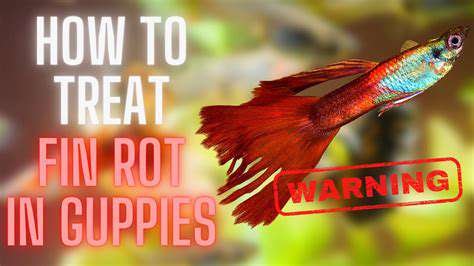

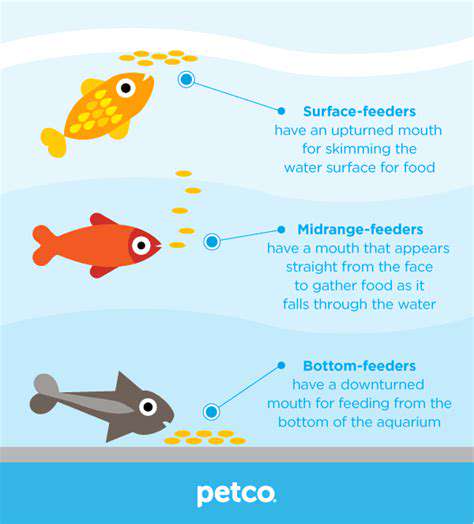


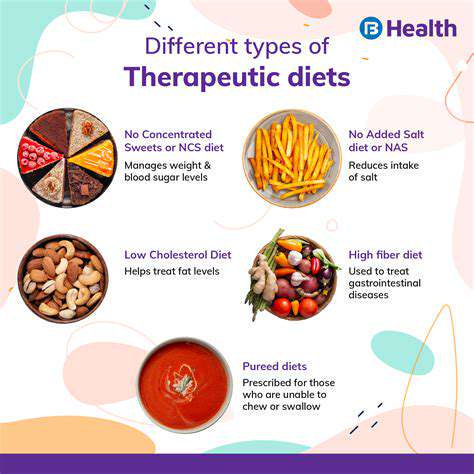

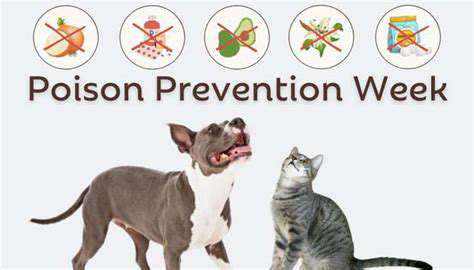




![Best Aquarium Heaters [2025 Review]](/static/images/33/2025-05/KeyFeaturestoConsider3ADurability2CSafety2CandEaseofUse.jpg)